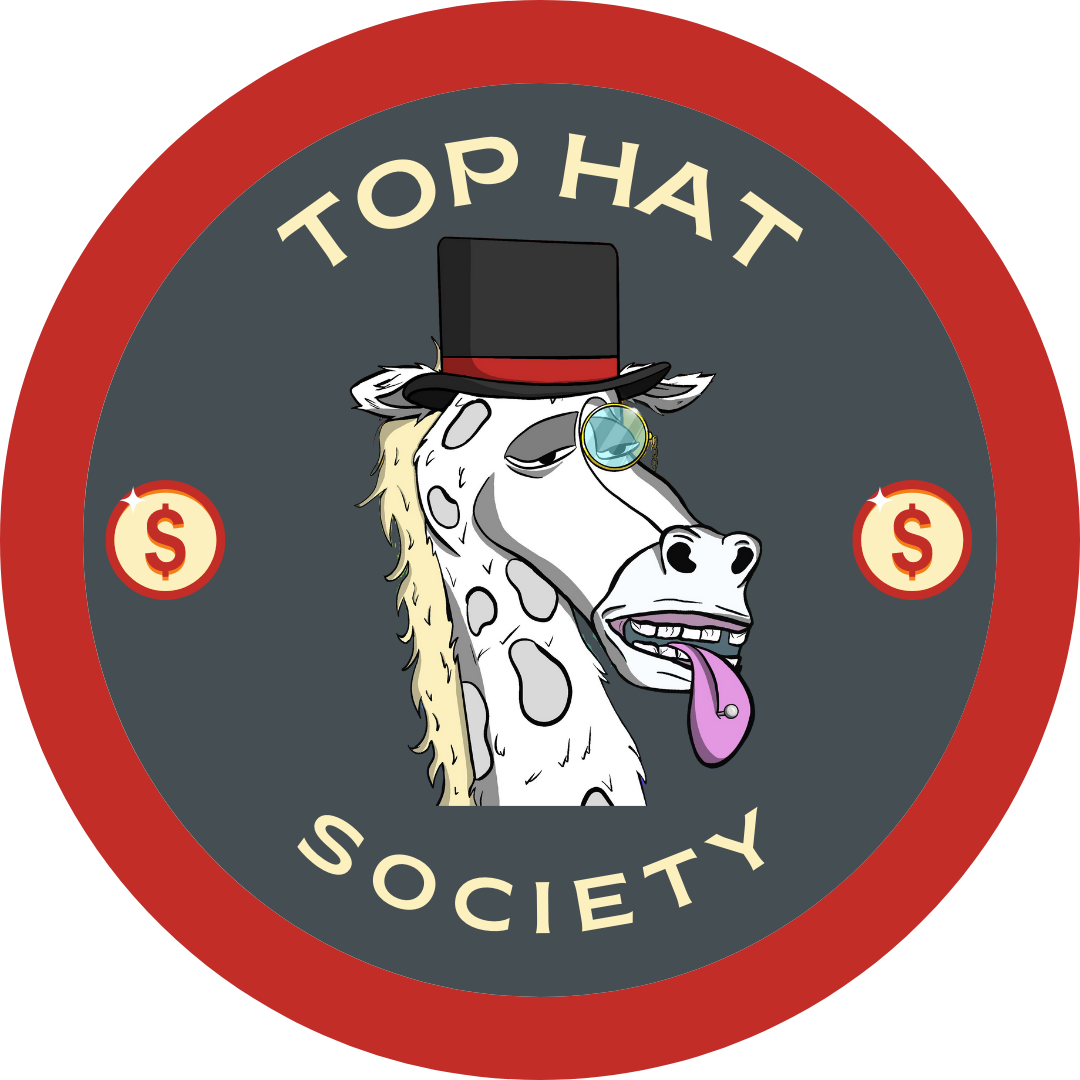As we embark on a new digital frontier, we find ourselves witnessing a paradigm shift that transforms everyday internet users into empowered owners of their digital experiences. Welcome to the era of Web3, where the journey from users to owners isn’t just a catchy phrase—it’s a reality reshaping how online communities interact with their content and each other. In this blog post, we’ll explore how Web3 is enabling this transition and what it means for the future of online interactions. So grab a seat, and let’s dive into the world of decentralized networks, NFTs, and community ownership!
Understanding the Shift: From Users to Owners
The internet has historically been a platform where users consumed content created by a few, often corporate entities. But with the rise of Web3 technologies—think blockchain, smart contracts, and decentralized applications (dApps)—the power dynamics are shifting. The focus on decentralization and community governance hands the reins back to users, effectively allowing them to transition from consumers of content into stewards, creators, and owners. This shift doesn’t just empower individuals; it strengthens entire communities.
Decentralized Ownership: What Does It Mean?
Decentralized ownership involves distributing control and management across a network rather than centralizing it in a single entity. This can manifest in various forms:
- Digital Assets: With NFTs (Non-Fungible Tokens), users can hold unique digital assets that represent ownership of content, art, and digital collectibles.
- Tokenized Communities: Many platforms are now utilizing tokens to give community members a stake in the governance of the platform. For example, platforms like Decentraland allow users to buy virtual land through tokens, giving them a tangible ownership stake.
- Decentralized Autonomous Organizations (DAOs): These organizations function like companies but are governed by their members via votes on proposals, rather than traditional management hierarchies. A good example is MakerDAO, which enables holders to vote on protocol changes.
The Rise of NFTs: More Than Just Digital Collectibles
NFTs have taken the internet by storm, and for a good reason. They allow users to buy, sell, and trade digital assets on blockchain platforms, giving enthusiasts a real stake in the content they love. This evolution in ownership gives NFT holders the ability to influence the direction of a project. For instance, creators like Beeple can monetize their art while fans have the chance to own a piece of that art, sharing in the artist’s success.
Furthermore, brands are beginning to offer NFT ownership as a way to reward loyal customers. Think Adidas and their Into the Metaverse collection, which not only serves as a collectible but also grants owners access to exclusive virtual events.
Community Governance: Empowering Users to Become Stakeholders
One of the hallmark features of Web3 is community governance. By giving users a voice, platforms can create a sense of ownership and responsibility. This means users can vote on the future direction of the platform, helping shape policies and innovations. A notable example is Aave, a decentralized finance (DeFi) protocol, where token holders can participate in governance by voting on important matters such as protocol upgrades and changes to policies.
This model contrasts sharply with traditional platforms, where decisions are made by a small group of executives. Web3’s model emphasizes that everyone has a voice and thus fosters greater community engagement. By transitioning from users to owners, individuals not only champion their interests but also contribute to the platform’s growth and evolution.
Real-World Impact: How Web3 is Changing Lives
The implications of transitioning from users to owners are profound, extending into various sectors, including art, gaming, and social media. Here are a few notable examples:
- Art and Music: Platforms like SuperRare allow artists to tokenize their work, affording them fair compensation through secondary sales and royalties.
- Gaming: Video games such as Axie Infinity change the game (pun intended) by allowing players to earn real monetary value from in-game activities, thus enhancing their ownership of digital assets.
- Social Media: Platforms like Mastodon emphasize decentralized social networking, where users truly own their data and can govern their online communities.
The Future is Bright: Embracing Web3
The advancements in Web3 technology are not just a trend—they represent a fundamental transformation in our online experiences. The idea of moving from users to owners will likely lead to more equitable digital landscapes, where individuals can shape the platforms they use, support the content they love, and engage with communities in meaningful ways.
As we close in on this exciting frontier, it’s essential for users to remain informed and actively participate in these changes. Embrace the role of an owner, encourage the community, and you may just find yourself at the forefront of the next digital revolution.
Wrapping it Up: Your Journey from Users to Owners
The transition from users to owners is not just about having more control; it’s about fostering a sense of community, rewarding creativity, and enabling individuals to take charge of their digital destinies. As we navigate through the potential of Web3, remember that the power is now in your hands. Whether you’re an artist, a gamer, or simply an internet denizen, your journey from user to owner is just beginning, and it promises to be an exciting ride!


